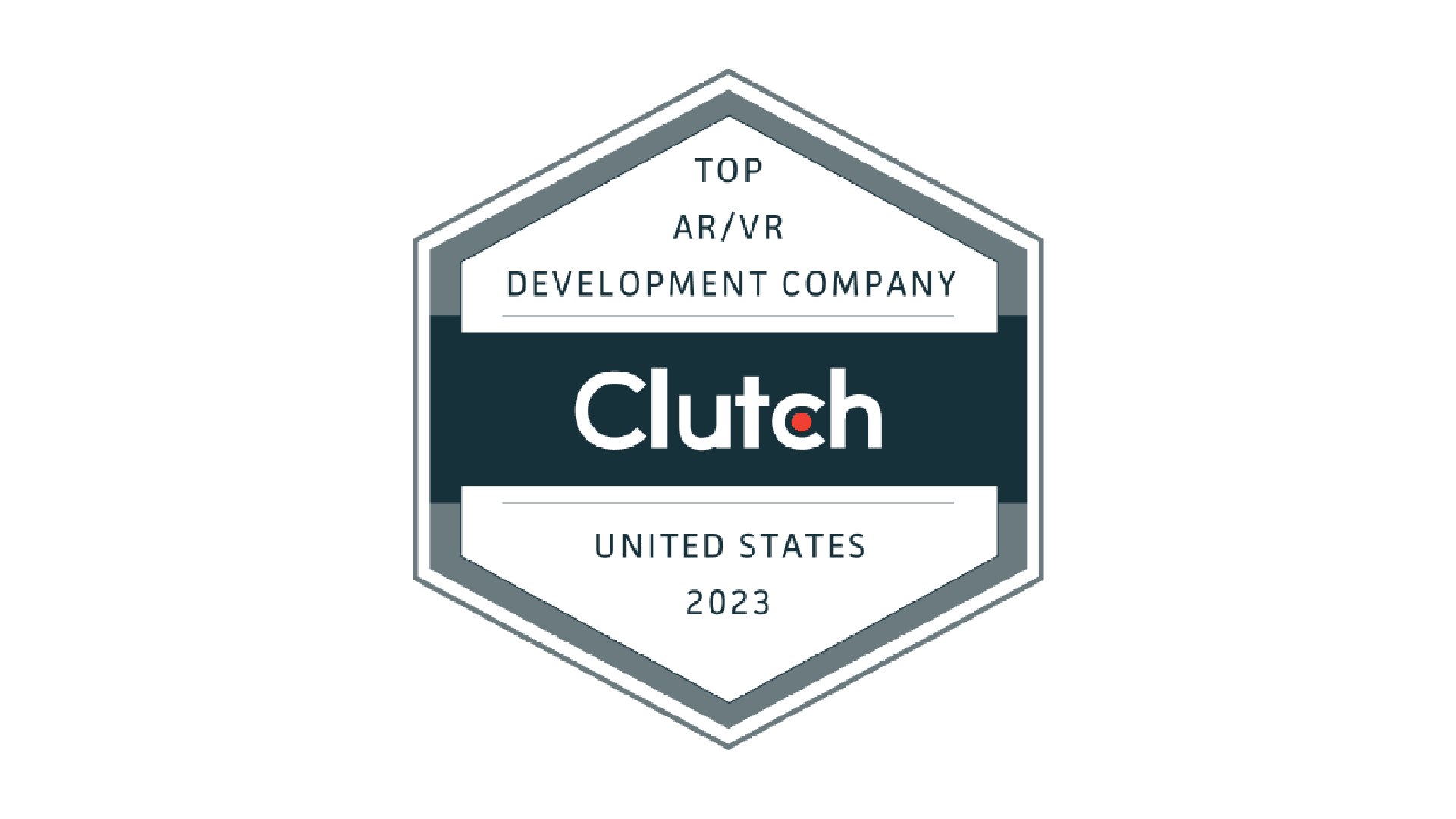Virtual reality (VR) is a technology that allows you to be anyone, do anything or go anywhere you can possibly imagine. It’s a digital technology that allows you to step inside of a piece of content, inside of a video game, or be part of a film.
VR is part of a larger ground of technologies collectively referred to as Immersive Media or XR. XR includes everything from augmented reality (AR) to VR to 360 video and mote.
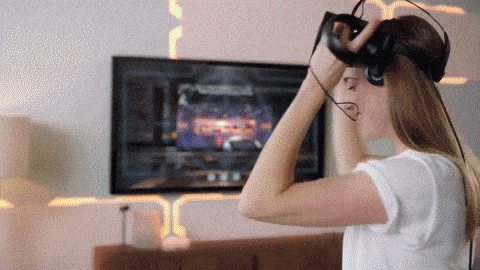
There are three key components that are required to create a VR experience. You need the hardware, you need to have trackability, which we’ll talk about in a second, and you also need interactivity. The hardware part is pretty straight forward.
Learn more about our VR development services here:
VR Hardware
The most common VR headset brands you’ll likely come across are from Oculus or HTC. However, there are also a handful of new manufactures coming on the market also making some pretty good hardware as well. We really like the products from Pico VR.
When it comes to VR headsets, there are also two different levels of technology to choose from: three degrees of freedom (3DoF) or six degrees of freedom (6DoF). These different classifications are referring to the tracking ability of each headset.
3DoF VR Headsets
3DoF systems allow the user to look up, down, left and right. They are great for seated experiences like simple games and 360 video. The most common systems in this category are the Oculus GO, the Pico G2 line and the Samsung Gear VR. As the cost of VR hardware continues to come down, these systems are becoming less common, being replaced by 6DoF systems.
6DoF VR Headsets
6DoF systems on the other hand allow a user to not only look up, down, left and right, but also physically move around within a given space. You can walk forward, backward or side to side. Stand up on your tippytoes, or bend down to look under a table. These systems track the entire space around you and allow you to move freely within a VR environment. The most common systems in this category are the Oculus Quest, Oculus Rift, HTC Vive and Pico Neo.
There are also a whole handful of other systems that fall somewhere in between the examples above, but most of these are less common and only used in very specific applications.
Oculus Quest Pictured Below
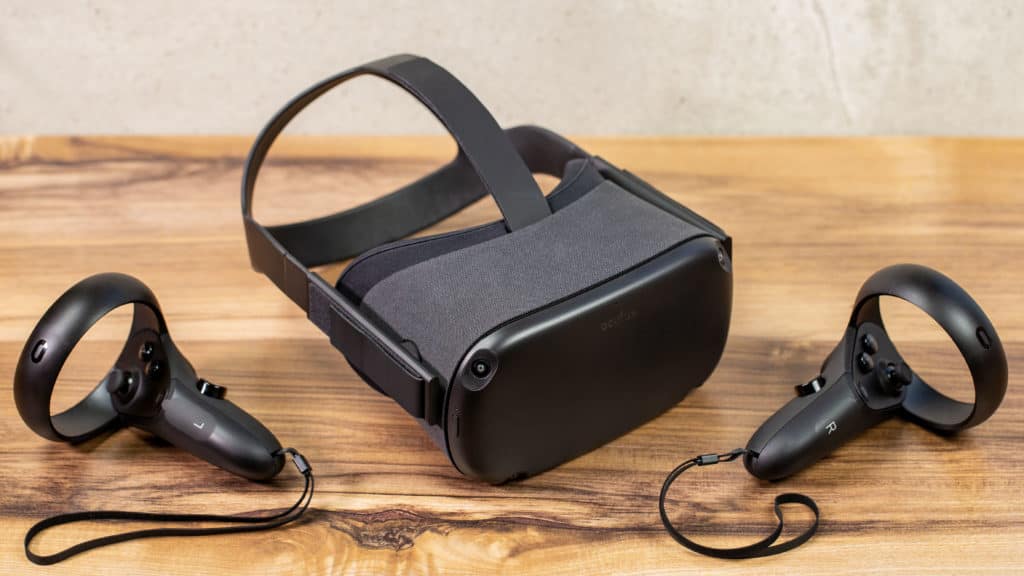
Trackability
The second component required for VR is trackability. This is the component that allows users to ‘move around’ in physical space while also provides the hardware the information it needs to make sure it feels like you move in virtual space too. Without tracking, you can’t have VR!
Early VR headsets had a very small delay in the trackability which caused many users to feel nausea. As a user would turn their head, the content showing inside the headset would have a slight delay. This small delay makes your brain think you have been poisoned (slow response time is common with many poisons) and your body does what it can to rid you of that poison. This normally means running for the nearest latrine. These delay issues have been eliminated in modern headsets. If a VR experience makes you feel sick now, it’s likely due to the content you are watching, not the technology itself. Intense, fast-moving content can make people feel uncomfortable. If you’re sensitive to motion sickness, be cautious about of type of VR you choose to enjoy.
Interactivity
The last key component to VR is interactivity. VR experiences give you the ability to interact with your surroundings. In a 3DoF system, this might be as simple as clicking a button, casting a fishing pole or simply looking at an ‘active’ element in the scene. With 6DoF systems, things get a little more complex.
In a 6DoF VR experience, users have the ability to interact in a number of different ways. Clicking buttons and other simple interactions exist, but within these systems you also have the ability to swing your arms, jump up and down, squeeze your fingers and palms, and more. Imagine having an Xbox controller in each hand that is not only covered with buttons but also ‘tracks’ movement in the space surrounding you.
In addition to standard button and motion-based inputs, many modern 6DoF systems are now starting to rollout hand-tracking as well. You can see an example of this below. Pretty soon you won’t need controllers at all!
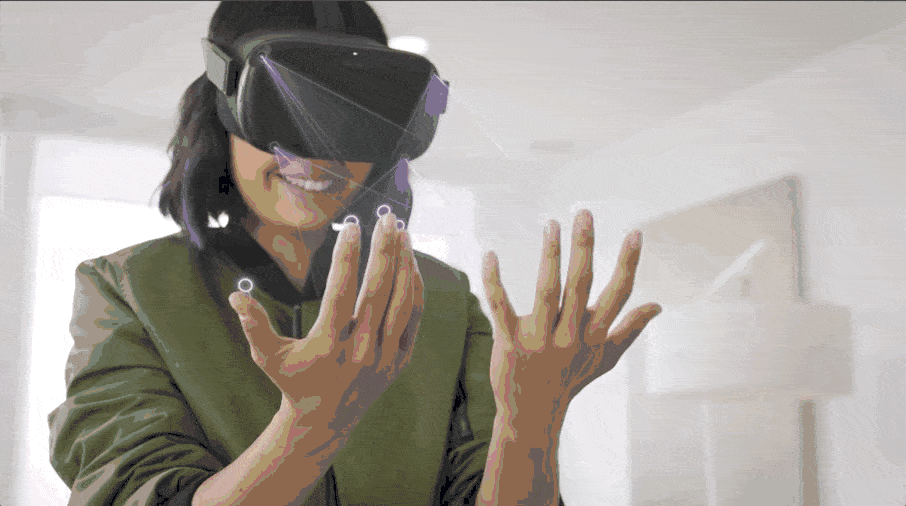
A Brief History of VR
VR technology has been around since the 1960s, mainly being used in research facilities and in high-tech training environments like military or flight simulations. Early VR systms were very large, incredibly expensive and produce sub-par results.
It wasn’t until the mid 2010’s that VR starter to have a real resurgence, this time coming to market as more of a consumer device. Thanks to advancements in mobile phone technology, this new generations of VR was leaps and bounds in front of the equipment used earlier on in the industry.
VR’s most recent big moment in the limelight came when Facebook bought a little-known company called Oculus for $2 billion dollars. Even then, these earlier systems, the ones that got Mark Zuckerberg to shell out a handsome amount of cash and stock, we’re crude compared to where we are just 5 years later. Since Facebook’s purchase of Oculus in 2015, VR technology has improved significantly and come way dome in cost. The most popular system to date, the Oculus Quest 2, starts at just $299, would fit in a shoebox and does not require any external computing power. (Most early systems required a high-end gaming PC to function.)
VR has come a long way in a very short time. Where could it go next!?
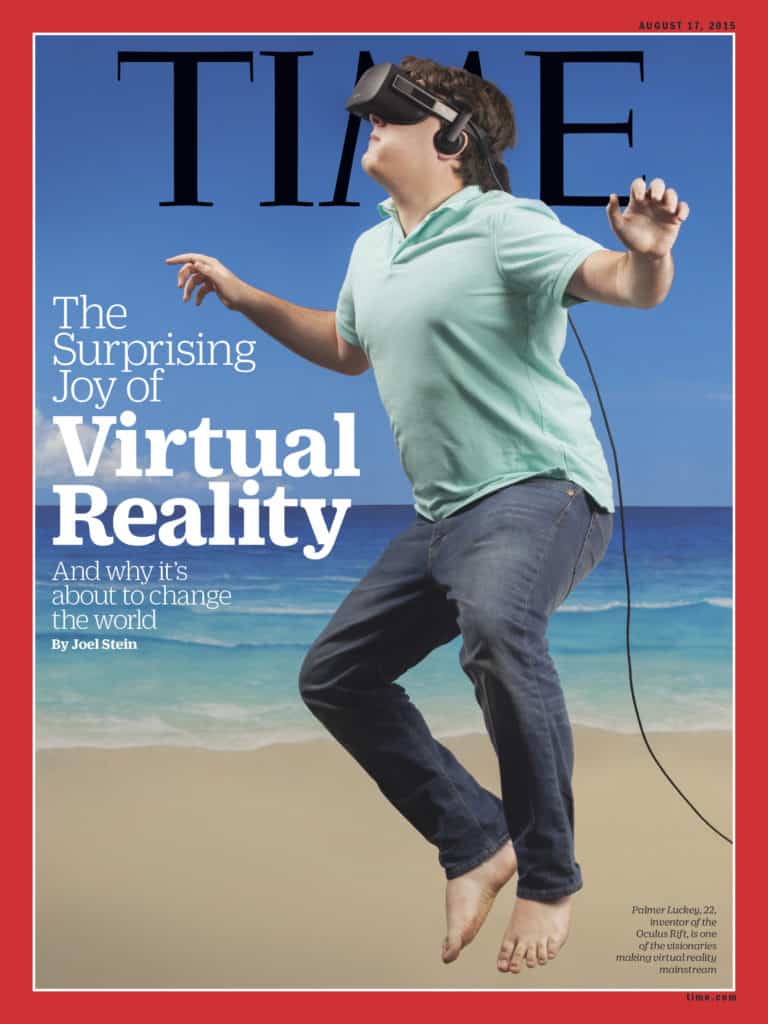
Use Cases for VR
The first use case that most people think about when considering VR is gaming. ‘Stepping inside’ a video game is a pretty cool thing to do and this has proven to be a strong market for VR. Currently, more people are using VR for gaming then any other purpose. However, that trend is changing.
There has also been a large upswing in the number of corporations and government agencies leverage VR for different types of training. This gives organizations the ability to create scalable, safe and easily distributable training experiences in some cases at a fraction of the cost compared to more traditional methods. VR training also gives you the ability to monitor and administer training completely remotely, something more important now than ever.
UPS has been using this technology to train their drivers, giving new employees a low risk and 100% safe way to learn the ins and outs of driving the big brown truck. Instructors also have the ability to change driving conditions in an instant and allow trainees the opportunity to practice for unplanned situations like a dog running out in front of a delivery vehicle.
The US military has also been using VR for years to train soldiers, pilots, and operations personal at a fraction of the cost compared to in-field training. Medical professionals are using VR to practice rare and complicated medical procedures, and more. Training and simulation is a great use case for VR technology, expect to see this trend continue.
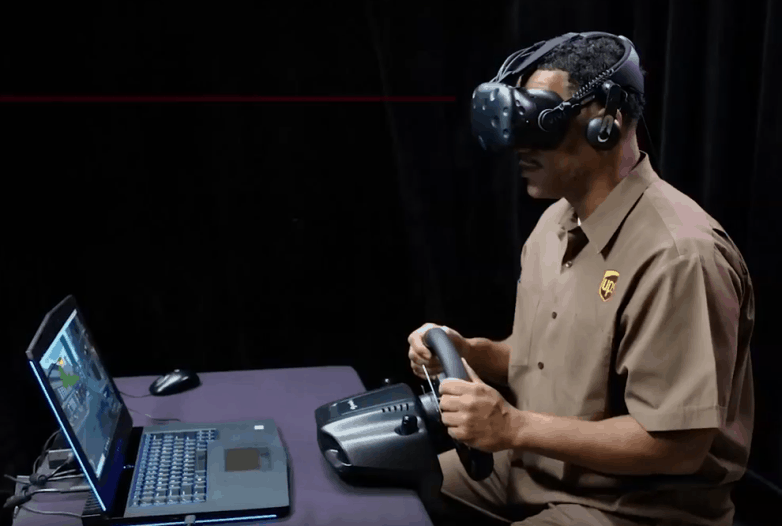
VR has also proven to be a valuable tool for sales and marketing organizations and departments. Architects use the technology to show clients full-size models of a project before they ever break ground. Allow stakeholders to ‘walk around’ inside a structure before signing on to start construction.
CM&D has worked with the State of Texas to help create highly engaging VR activations to teach drivers about motorcycle awareness and seatbelts. Experiences that have gone on to touch thousands.
VR is a powerful technology that has been in the making for decades. We are at the beginning of what could be a revolution in the way we entertain ourselves, receive training, host meetings, explore the world and more.
These are just a few of the technologies amazing use cases. Don’t be surprised if you start seeing VR pop up in more and more places as this technology continues to advance.

